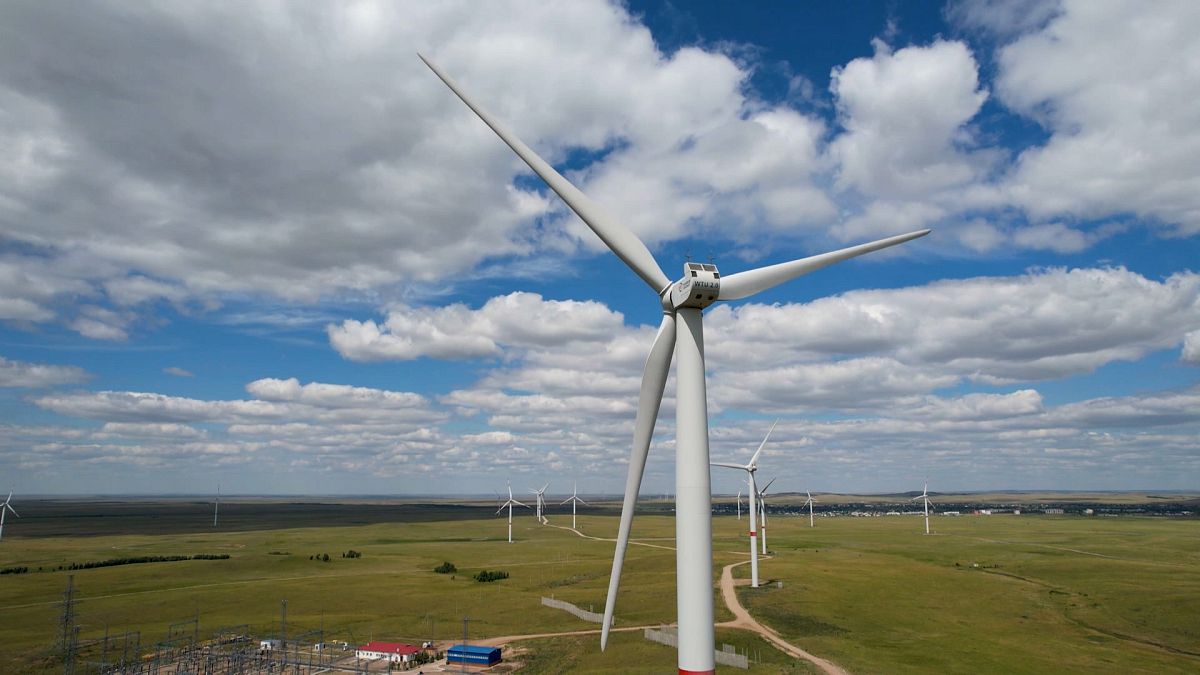

In a world where the climate is throwing frequent curveballs, countries are finding new ways to adapt and mitigate environmental challenges through various strategies. While Kazakhstan embarks on an ambitious journey toward carbon neutrality, nations across the globe grapple with intense weather conditions. By blending innovative energy solutions and proactive emergency responses, stories from different corners of the world paint a picture of resilience and adaptation.
Kazakhstan’s Energy Transition: A Balanced Approach
Kazakhstan is setting a commendable example by committing to carbon neutrality by the year 2060. This transition is anchored in the country’s strategic shift towards blending renewable energy sources such as wind and solar with nuclear power. These initiatives are poised to not only reduce greenhouse gas emissions but also support the nation’s economic growth. By harnessing the natural potential offered by its vast landscapes and investing in modern technologies, Kazakhstan aims to weave sustainability into its developmental fabric. This integrated approach underlines a broader commitment to global climate goals while also catering to the country’s energy demands.
Portugal’s Response to Wildfires: Collective Resilience
Amidst this backdrop of ecological progress, Portugal recently faced the wrath of wildfires, prompting the evacuation of two villages. Involving over 1,800 firefighters, the swift response highlights the nation’s preparedness and resilience in dealing with such natural calamities. While 19 people were treated for injuries, the efforts of the emergency services reflect a well-coordinated response aimed at safeguarding lives and minimizing damage. Portugal’s management of the crisis underscores the importance of having robust disaster response systems in place to tackle evolving climate challenges.
Extreme Weather Patterns in China: A Somber Reality
Turning towards Asia, northern China has experienced a series of heavy rains, resulting in devastating floods. This event claimed at least 70 lives and disrupted the lives of thousands. Regions such as the suburban district of Miyun recorded rainfall that surpassed their annual averages within a short span, leading to widespread damage and evacuations. These extreme conditions serve as a grave reminder of the vulnerability of communities to rapidly changing weather patterns and underscore the need for adaptive infrastructure and comprehensive emergency strategies.
Australia Braces for a Wet Weekend: Adapting to Climate Shifts
Meanwhile, on another continent, New South Wales in Australia is preparing for a wet and wintry weekend. A developing low-pressure system promises significant rainfall, adding to the intermittent showers that the region has already experienced. The Bureau of Meteorology has warned of heavy rains and potentially damaging winds, urging residents to remain vigilant. Weather updates for major cities reveal the diverse climatic conditions anticipated over the weekend, emphasizing the importance of preparedness and awareness in navigating the elements.
As global populations confront these ecological and atmospheric shifts, the concerted efforts seen—from Kazakhstan’s energy strategies to varying international responses to weather events—highlight the critical role of collective action and effective planning in building a more sustainable and resilient future. Whether through technical innovation or coordinated emergency measures, each story reflects an aspect of humanity’s ongoing adaptation to a changing world. These events, though challenging, also offer opportunities for progress and learning as nations embrace a shared responsibility toward fostering a balanced coexistence with nature.
Source: {link}
